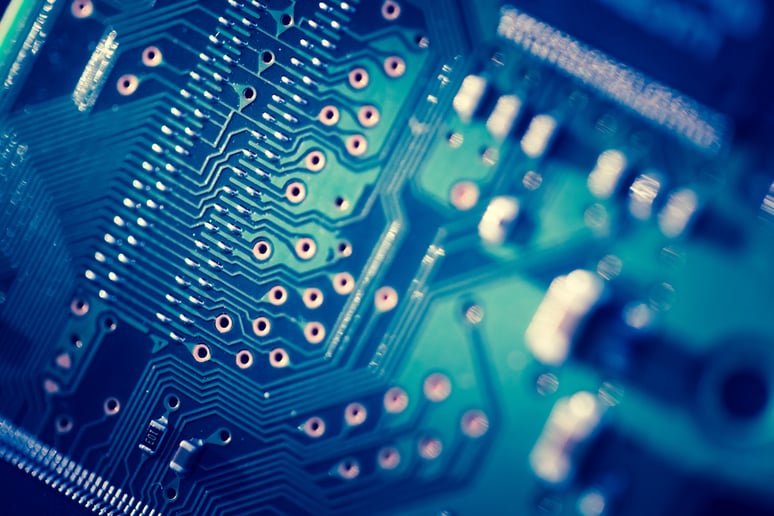
The global technological landscape is ever-changing. To remain relevant and competitive, companies are continuously trying to acquire the training and skills needed to succeed in this shifting environment. This adaptation and educational growth, while abundantly easy to obtain in most fields, is considered a niche segment for those operating in the world of PCB design. Unlike most industries, professional designers have far fewer resources they can utilize to pursue the necessary knowledge and competencies needed to improve performance.
The IPC Designer Certification Program, comprised of Certified Interconnect Designer-Basic (CID) and CID+ (advanced) training, serves this need. As the premiere PCB design training/educational program, the completion of IPC CID/CID+ courses can greatly elevate a designer’s skill set and decision-making process, thus positively impacting the organization.
Upon receiving the above certifications, PCB designers will have the knowledge to consider, and improve, the following aspects in their layouts.
- Producibility based on understanding of the manufacturing criteria such as feature sizes and manufacturing process allowances. This has the potential to improve the possible yield which will result in a reduced reoccurring cost for the lifetime of the product.
- Performance of the circuit is now becoming a much greater concern with the advent of increased data rates for electronics. No longer can the person responsible for layouts simply hook the circuit up by making a connection. The functioning of today and tomorrow’s electronics require the designer to not only comprehend electro-magnetic theory, but additionally have the ability to implement this understanding into every design. The requirements for power management must also be implemented or the circuit will not perform properly. These two concerns are often competing for the same real-estate on an even more compact circuit board.
- Layout Solvability -The concepts stated in the last two bullets are magnified due to the fact that miniaturization and reduced feature sizes, also known as High Density Interconnect (HDI), are advancing at accelerated rate. This HDI concern will threaten the correct implementation of the prior two bullets of producibility and performance.
Today’s designer must be equipped with the correct knowledge and competency to balance the three above concerns. While not taught in today’s traditional education system, designers can obtain the necessary knowledge and skills to enhance their capabilities by completing CID/CID+ certification programs. This is especially important as most EE’s overseeing today’s layouts have limited understanding of these intricacies, let alone know how to implement or verify correct implementation of them.
To certify your employees in today’s PCB design methodology and keep pace with the evolving technological market, contact the knowledge professionals at EPTAC to enroll in a CID/CID+ course near you.
About EPTAC
For over 30 years, EPTAC has been a leading provider of solder training and IPC certification. We provide professionals with the tools and training they need to advance their careers and improve their businesses. With 14 locations across North America, our solutions and instructional staff provide an easy access to knowledge that will enhance your business model and help you meet and exceed industry demands. For more information call 800.643.7822 or contact us.





